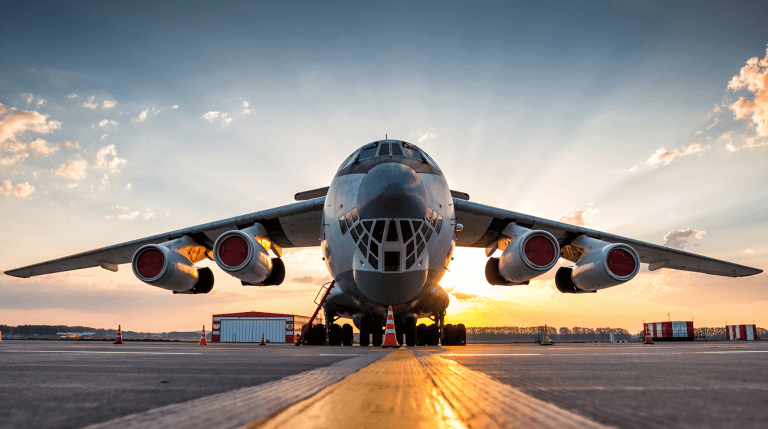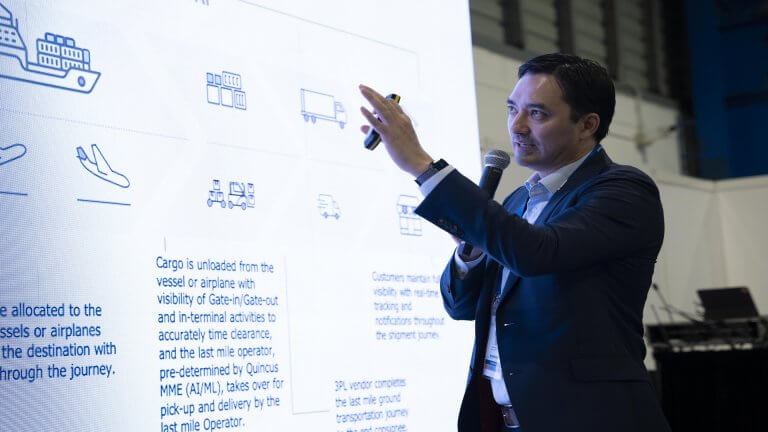
Data, Interconnectivity, and the Human Element in Digital Supply Networks
Defined as a flexible, matrix-like structure that reinvents the traditional linear supply chain by enabling all partners and processes involved to share data with each other freely, the digital supply network (DSN) represents the next evolutionary step for supply chains. Rising awareness of the benefits, this brings to logistics networks comes at a good time, as the massive supply disruptions wrought by the pandemic highlight a global lack of supply chain visibility–research shows that most enterprises lack as much as 50% to 70% of the visibility needed to address key points of volatility in their supply chain.
As companies implement the lessons of 2020 and diversify their sources and partnerships, the need for a DSN will only grow as more entities enter the supply chain and non-linear, data-driven decision-making becomes the norm. But what exactly makes a DSN and how can companies take steps towards it?
Data Sharing: The Cornerstone of the DSN
It is estimated that as much as 80% of the information needed to run a supply chain comes from external sources such as suppliers, 3PLs, and warehousing and consolidation facilities. The free and open flow of such data throughout the supply chain is paramount in creating a DSN. As the adoption of IoT, autonomous robotics, and more in logistics grows, so does the need to centralize all the data these generate and make it available to stakeholders and systems across the supply chain. Singapore’s piloting of a common data infrastructure to enable fully digital supply chain workflows (expected to see completion by early 2022) is an important step in this direction.
The proliferation of open API usage is also a crucial factor in the building of a DSN, by replacing slower and more human error-prone methods of data sharing such as emails and EDIs with hands-free, real-time communication between disparate software systems. With key operational and event data feeding into order management, warehouse management, route planning, and other systems, supply chain operators will enjoy a level of end-to-end visibility that was not possible only a decade or two ago.
Examples of what this can achieve include easing port congestion through better communication of schedules, cargo capacities, and container bookings; more agile forecasting that in turn enables sourcing on a smaller and more frequent basis, reducing inventory costs and risk; and multi-modal transport that always matches cargo with the most time- and cost-efficient routes. Application of more advanced technologies like machine learning will further maximize the use of supply chain data by enabling rapid analysis of both real-time and historical data to pre-empt issues, such as identifying high-risk delivery routes and predicting negative demand fluctuations.
The Future of Supply Chains is Still Human
Ultimately, building a DSN is about building a better supply chain, and every supply chain hinges on the initiative, connections, and resourcefulness of the people running it. It is important to grasp that the role of technology in a DSN is to augment these human capabilities, not replace them. Empowering decision-makers to access and use critical supply chain data without the need for specialized skills or support; speeding up problem-solving by automating data reconciling and analysis; enhancing collaboration across departments and external agents by bringing all parties on the same page through a single source of truth–these and more help remove obstacles to day-to-day efficiency in supply chain operations.
As supply chains become smarter and more automated, it is possible that the very structure of logistics organizations may have to evolve as well to maximize the value of the human element. Processes, roles, and KPIs may require reexamination in light of the improvements a DSN can bring: for instance, time spent on the road and number of deliveries made are likely to become less effective as performance indicators for dispatch riders once route optimization creates more streamlined delivery operations. On a broader, strategic level, organizations’ talent needs may need to be reconsidered to prioritize traits and skillsets that complement the DSN, such as adaptability, innovation, and communication skills.
The COVID-19 pandemic exposed global supply chains’ dire need for change–yet this change need not mean the future of logistics networks will be a humanless one. Although data sharing, interconnectivity, and smart systems may help remove silos and create visibility, only the addition of human flexibility and judgment will realize the full potential of the digital supply network in fostering supply chain resilience and efficiency under any conditions.
Sources:
https://www.joc.com/technology/logistics-finally-ready-apis_20190312.html
https://deloitte.wsj.com/articles/digital-supply-networks-meet-the-future-of-work-01546480929
Subscribe to keep up with our latest news









